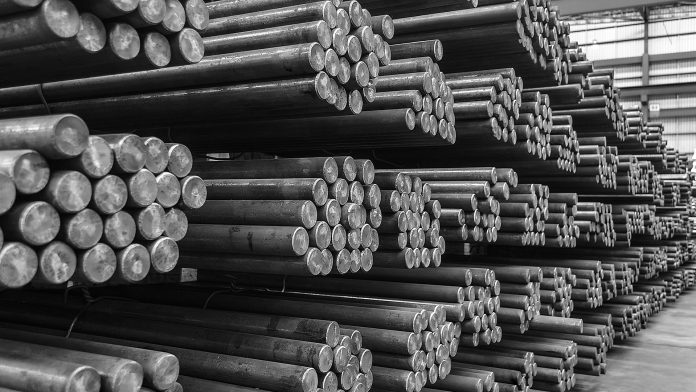A new study has shown that green technology deployment needs to significantly increase for the decarbonisation goals of steel and cement to be met.
A study led by researchers at the National Institute for Environmental Studies, Japan, and the University of Cambridge, United Kingdom, has revealed that the current rate of green technology deployment is insufficient for meeting goals set in the Paris Agreement.
To successfully transition to clean energy, countries and industries are relying on large-scale infrastructure for CO2 transport and storage, renewable electricity, and green hydrogen.
In particular, steel and cement used in a variety of industries come with a significant carbon footprint. Therefore, cement and steel decarbonisation are crucial.
The study, ‘Feasible supply of steel and cement within a carbon budget is likely to fall short of expected global demand,’ calls for the consumption of steel- and cement-based materials to also be considered for decarbonisation goals to be met.
Significant gap between anticipated and actual green technology deployments
The study has shown that there is a gap between anticipated and actual infrastructure deployment.
For example, in 2010 the IEA estimated that almost 200 million metric tons of CO2 from the steel and cement industries would be captured and stored by 2021.
However, the team found that this number is far from accurate.
In reality, only one million metric tons were captured. This questions the projection of 2,000 million metric tones to be captured and stored by 2050.
Dr Takuma Watari, lead author of the study, said: “We are not saying that the existing scenarios are physically or economically unrealistic. But simply waiting for new infrastructure to emerge and solve all our problems away is a very risky way of tackling the problem, given the scale of the challenges and the limited timeframe.”
Supply of steel and cement will not meet demand
The team assumed green technology deployment based on historical trends and current construction plans. By doing this, the team revealed that the supply of steel and cement in line with carbon budgets based on the Paris Agreement will not meet demand.
“We need to be well prepared for a future shortfall between feasible supply and expected demand,” said Watari.
“The construction and manufacturing industries will have to provide the same level of services with less material by changing how products are designed, used, and disposed of.”
The study provided a benchmark in line with the estimated feasible supply to quantify the sense of the scale required. Following Paris-compliant budgets, the same level of services with 60% fewer materials used in construction and 40% less in manufacturing is needed.
Global material demand for basic needs is less than estimated supply
Positively, the study found that currently, limited feasible supply is on pace to satisfy the basic needs of a growing world population.
The global demand for the provision of basic needs such as electricity, water, sanitation, shelter, and mobility is estimated to be far less than supply.
“The challenge is more about equitable distribution than total quantity,” concluded Watari.
“We recommend a greater responsibility be placed on high-income countries, which have much larger in-use material stocks than low-income countries.”









